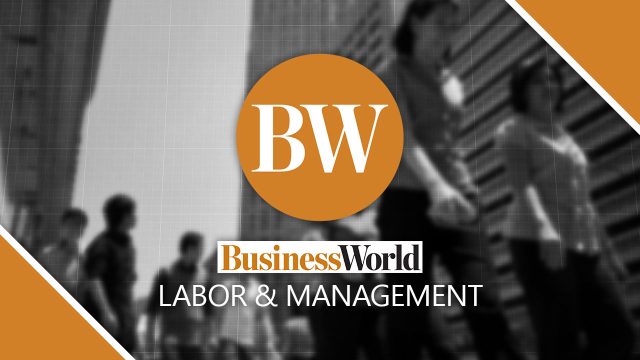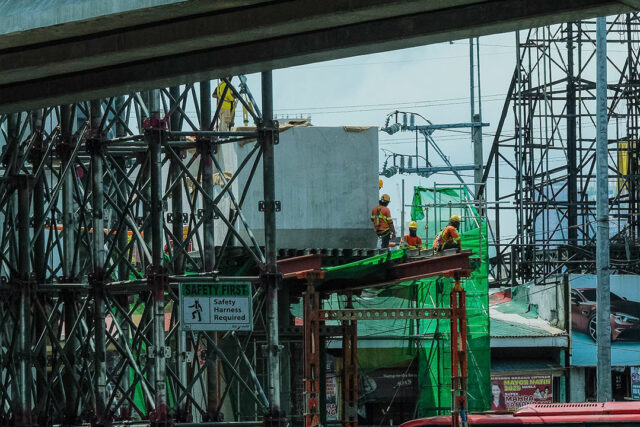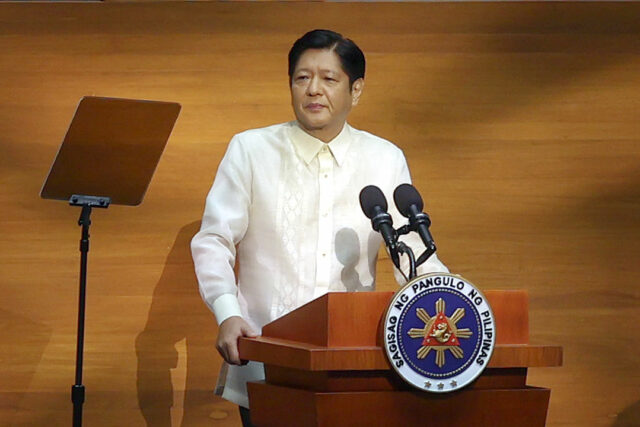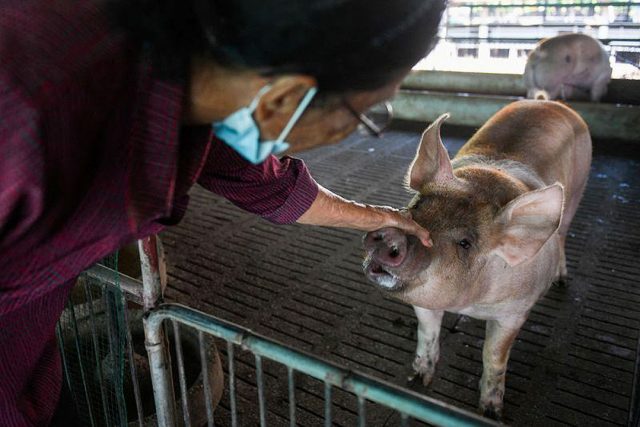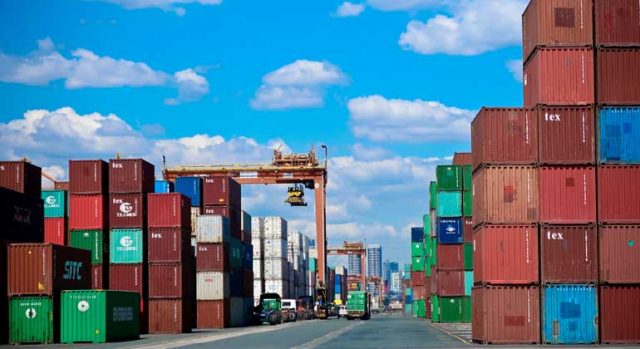Keeping retireable workers is a big mistake
The compulsory retirement age in our company is 60. However, our Chief Executive Officer has extended the employment of some retirement-eligible managers for an additional three years. Isn’t this unfair to their second-in-command? What’s your take? — Good Hombre
It’s a fair question. It’s the same question that employees are quietly asking behind closed doors. Indeed, some companies continue to retain employees well past official retirement age. Sure, these workers are loyal and experienced. But so is that dusty old computer in the corner, which takes 10 minutes to boot and requires constant updates.
Keeping retirement-eligible employees may seem harmless or even noble in some cases. The truth is — it does more harm than good. Therefore, sticking with “tried and tested” veterans can stall your organization’s momentum. So, at what point does experience stop being an asset and start becoming a bottleneck?
REAL RISKS
Let’s break down the real risks behind this corporate habit.
One, career bottlenecks are killing ambition. Keeping senior employees long past retirement age is like parking a bus in the middle of a one-lane road — no one behind can move. Ambitious younger employees see no upward mobility.
They’re forced to wait for promotions, key projects, or leadership opportunities that may never come. What happens? They disengage or, worse, leave.
Two, high cost, low return. Older employees are often the highest-paid in the organization, with generous perks and skyrocketing healthcare expenses. Keeping them on — whether through extended contracts or “consultant” titles — may feel like a compromise, but the financial drain remains.
Even if you pay them less, the emotional cost of blocking young talent is just as damaging.
Three, innovation gets stuck in the past. How many times have you heard this phrase: “This is how we’ve always done it”? This often becomes a mantra for those who are “forever” workers. While experience is invaluable, clinging to legacy systems and outdated processes is a sure way to kill innovation.
Today’s businesses thrive on AI, automation, and digital-first strategies. If the retireable leaders don’t understand or resist these changes, your company won’t survive the next disruption.
Four, productivity declines with age. Age brings wisdom — but also fatigue, slower reflexes, and higher chances of burnout. Physical jobs become harder. Even desk jobs can suffer when mental sharpness begins to fade. Increased absenteeism due to health issues adds to the burden.
Do the math: Less output, more downtime, higher insurance premiums. Not exactly a winning formula.
Five, knowledge hoarding is real. One of the most common justifications for retaining older employees is their “irreplaceable expertise.” That’s only half the story. Many senior employees guard that expertise like a dragon guarding its treasure.
Unless there’s a structured mentorship system in place, that knowledge never gets passed on. The day they finally retire, the company loses decades of wisdom in one exit interview.
Six, generational tension hurts team culture. Different generations bring different work styles — and sometimes, those differences clash. Younger employees are often digital natives who thrive in collaborative, fast-paced environments.
Older workers may prefer hierarchy, predictability, and manual processes. When these preferences collide, it creates tension, slows teamwork, and poisons workplace culture.
Seven, succession planning gets delayed. Succession planning isn’t just an annual exercise. It’s about preparing tomorrow’s leaders today. But if today’s leaders never leave, the next generation never gets a shot.
When retirement-eligible managers overstay, it delays the process of grooming successors. And when these veterans finally go, there’s often no one ready or willing to take their place.
Eight, missing out on fresh talent. The workplace is evolving — and so is the workforce. Gen Z and Millennials are bringing fresh ideas, tech fluency, and new perspectives. But if your team is clogged with employees who refuse to exit gracefully, you’re leaving no room for this talent to flourish.
Imagine trying to update your smartphone apps while still using a Nokia 3210.
Nine, declining employee engagement. When younger workers see no career progression, their engagement drops like a rock. They’ll do the bare minimum, collect their paycheck, and scroll LinkedIn during work hours — on the company Wi-Fi, of course.
You’re not just slowing down innovation — you’re actively driving your brightest minds toward the exit door.
Ten, older workers burn out faster. Not all senior employees want to stay. Some just can’t afford to leave. They’re working out of fear, not fulfillment. And that leads to disengagement, cynicism, and burnout. A burnt-out employee, no matter how talented, isn’t leading anyone anywhere. They’re just coasting toward the inevitable.
THE BOTTOM LINE
Holding on to retirement-eligible workers may seem like an act of loyalty. But in today’s business climate, it’s more often a liability. It’s not about ageism or disrespecting decades of service. It’s about making room for new leadership, bold innovation, and sustainable growth.
Business is about staying competitive, not indulging nostalgia. Evolution requires turnover. If your organization can’t let go of yesterday’s heroes, you won’t create tomorrow’s legends. Leaders must face reality: Experience isn’t always the best teacher if it prevents the next generation from learning. Companies that grow are those that groom — and trust — their future leaders.
That can only happen if top management knows when to disengage with old workers.
Ask questions and receive Rey Elbo’s insights for free. E-mail elbonomics@gmail.com or DM him on Facebook, LinkedIn, X, or via https://reyelbo.com. Anonymity is guaranteed.

